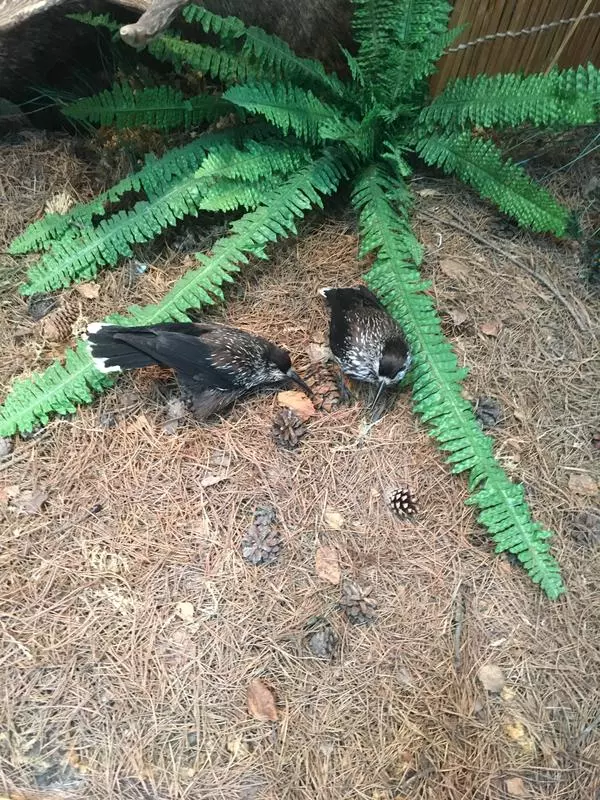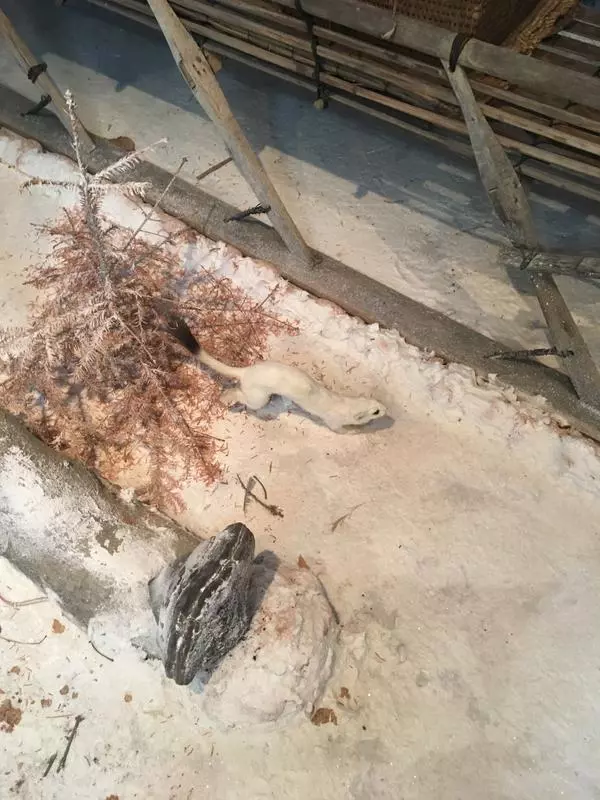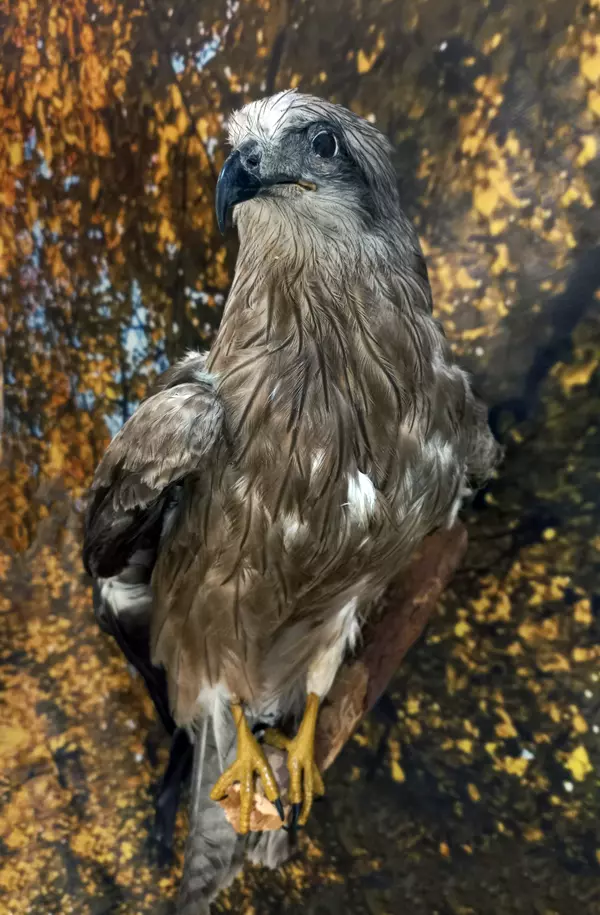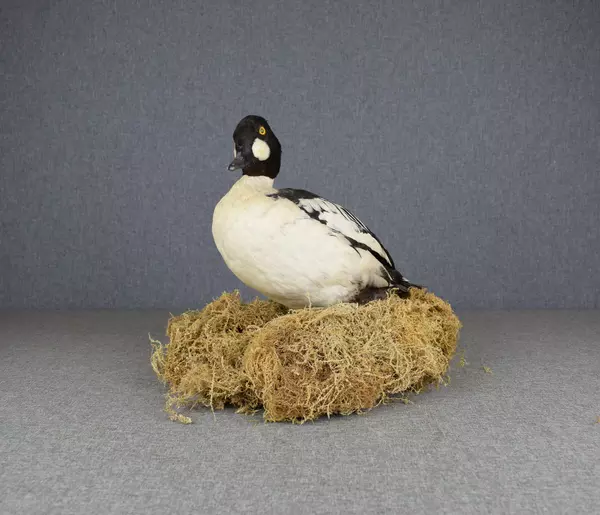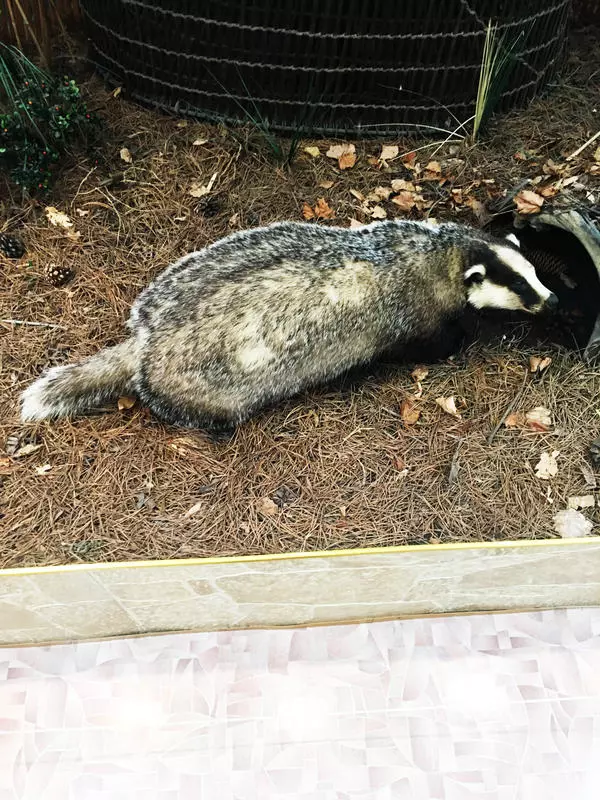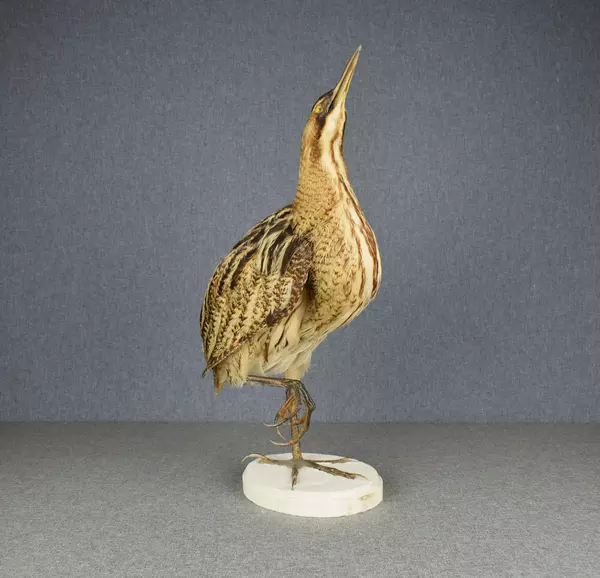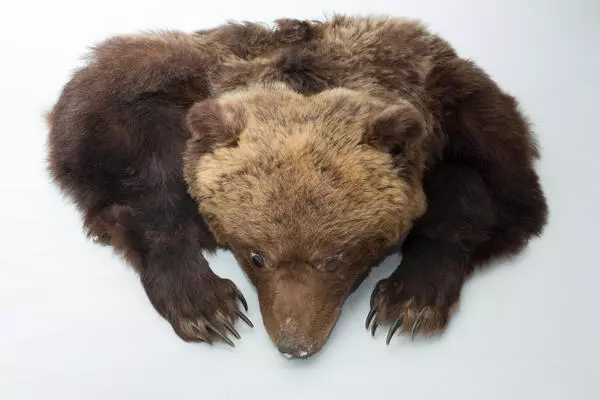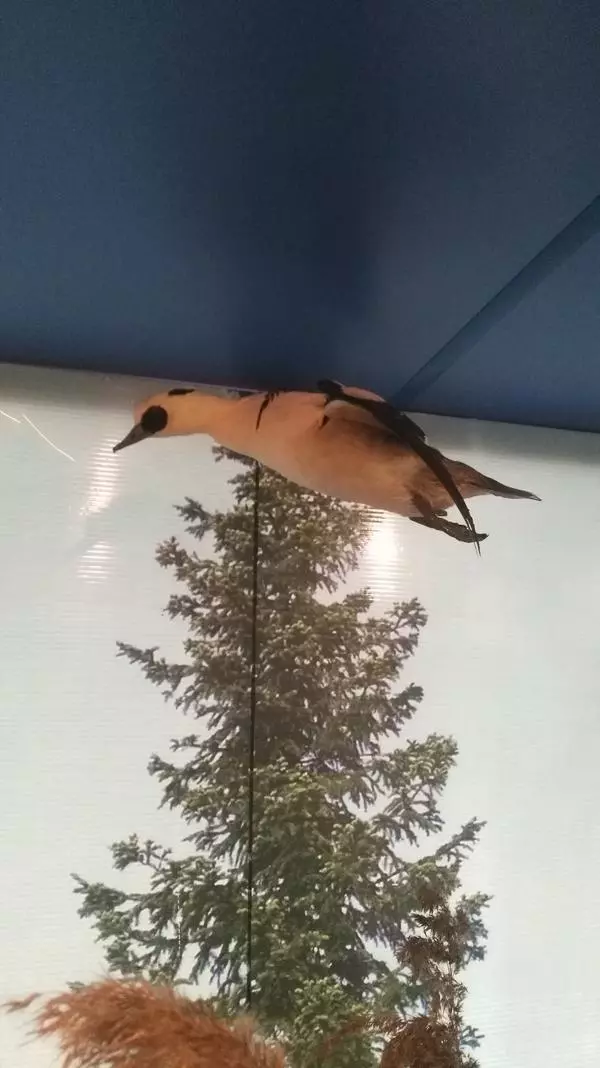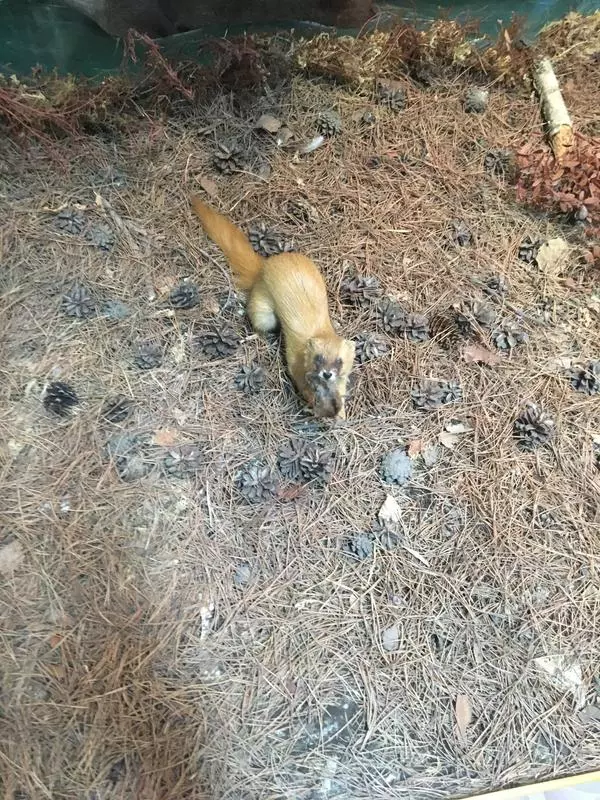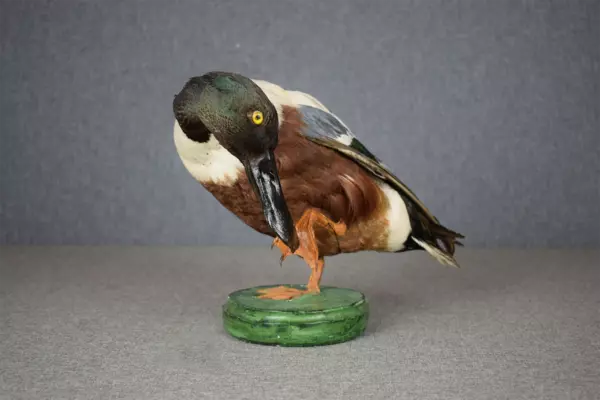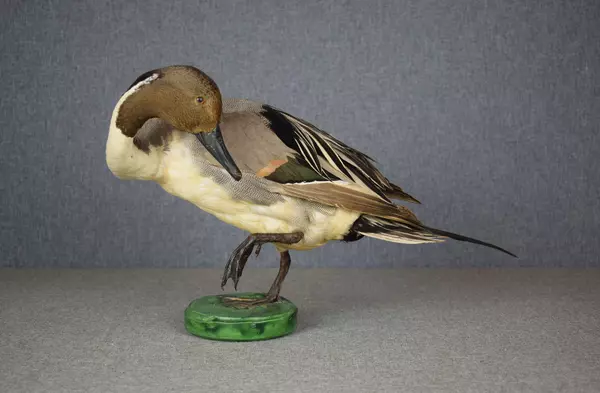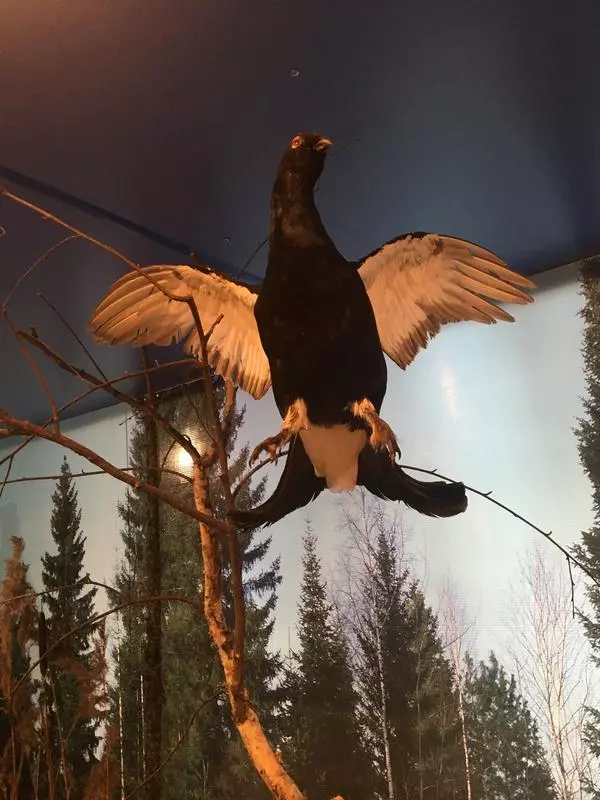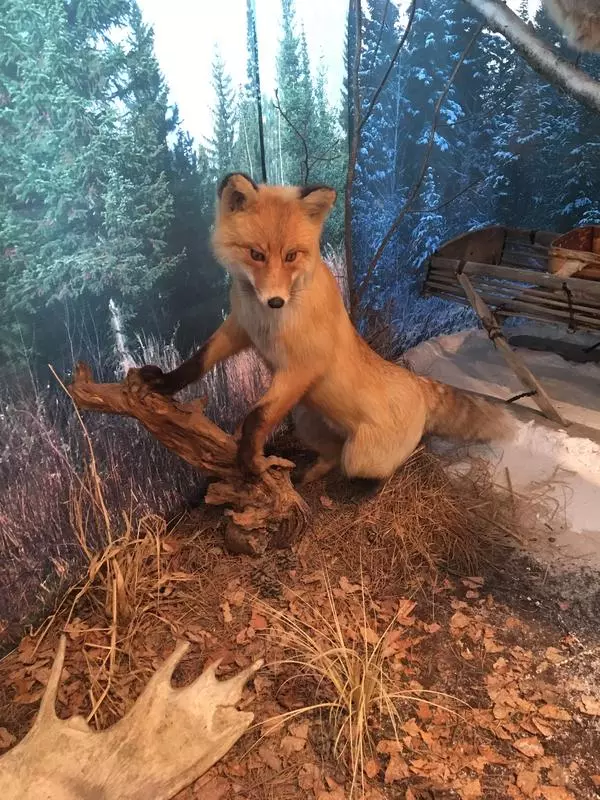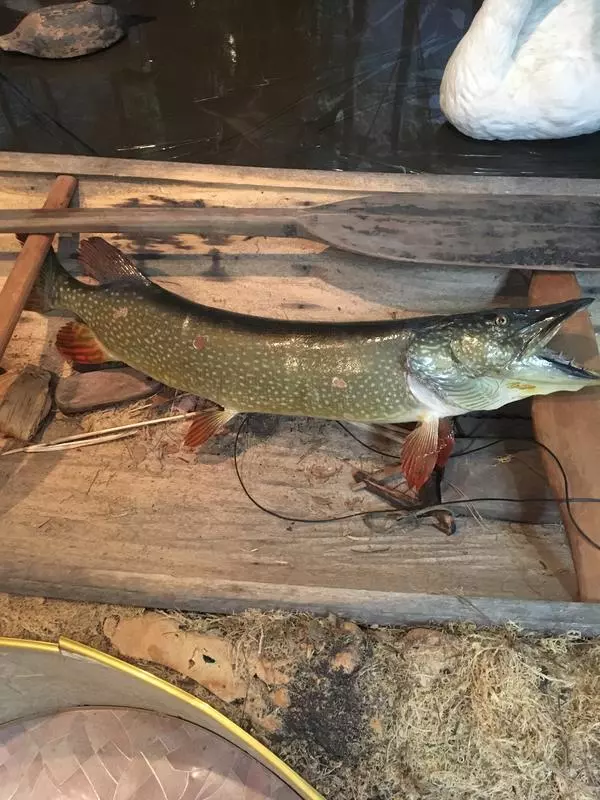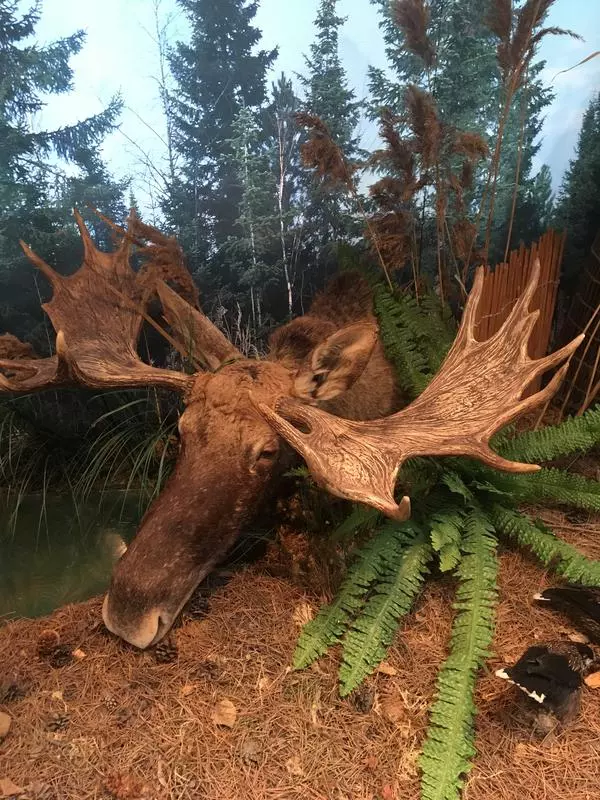Boreal owl is a small bird of the owl family. Its Latin name is Aegolius funereus. Boreal owl is about the size of a pigeon, with the total body length usually not exceeding 27 centimeters and the weight — 190 grams.
The coloration of the boreal owl is brown with white spots that are most visible on its head, neck and shoulders. The eyes and beak are yellow, and the claws are black. The legs have thick feathering down to the claws. Young birds differ from adult ones by chestnut feathering, which is more uniform compared to adult specimen. One of the special features of boreal owls is that they can turn their head 180 degrees.
These species are found in Europe, Asia and North America. In Russia they can be found in various areas, from Kaliningrad to Kuril Islands Boreal owls avoid open spaces, inhabit mostly old coniferous forests and nest in tree hollows. They feed on mouse-like rodents, may attack rats sometimes as big as themselves.
Boreal owls conduct sedentary life and go hunting at the darkest time of the day. They give voice also only at night, and during the day only if agitated. This bird has excellent hearing and good vision, therefore it actively looks for prey sitting on a tree branch two-three meters high or flying over the ground. Seeing the prey, it flings down and snatches it with sharp claws. Many ornithologists claim that the boreal owl closes its eyes when attacking its prey, in case the prey would actively defend itself.
Boreal owls are quite picky in their choice of nesting places, preferring tree hollows made by black woodpeckers. The boreal owl lines the bottom of its house with a little dry moss, leaves and grass stems.
Boreal owls do not form permanent stable couples. The mating season starts in early spring or late winter, before snow melting. The female settles in the nest a little before the first egg. The average number of eggs in a batch is 5-6. Only the female sits eggs while the male brings food. Nestlings leave the nest a month after birth. At first they don’t fly far from the nest but soon start hunting in the forest together with parents.
The coloration of the boreal owl is brown with white spots that are most visible on its head, neck and shoulders. The eyes and beak are yellow, and the claws are black. The legs have thick feathering down to the claws. Young birds differ from adult ones by chestnut feathering, which is more uniform compared to adult specimen. One of the special features of boreal owls is that they can turn their head 180 degrees.
These species are found in Europe, Asia and North America. In Russia they can be found in various areas, from Kaliningrad to Kuril Islands Boreal owls avoid open spaces, inhabit mostly old coniferous forests and nest in tree hollows. They feed on mouse-like rodents, may attack rats sometimes as big as themselves.
Boreal owls conduct sedentary life and go hunting at the darkest time of the day. They give voice also only at night, and during the day only if agitated. This bird has excellent hearing and good vision, therefore it actively looks for prey sitting on a tree branch two-three meters high or flying over the ground. Seeing the prey, it flings down and snatches it with sharp claws. Many ornithologists claim that the boreal owl closes its eyes when attacking its prey, in case the prey would actively defend itself.
Boreal owls are quite picky in their choice of nesting places, preferring tree hollows made by black woodpeckers. The boreal owl lines the bottom of its house with a little dry moss, leaves and grass stems.
Boreal owls do not form permanent stable couples. The mating season starts in early spring or late winter, before snow melting. The female settles in the nest a little before the first egg. The average number of eggs in a batch is 5-6. Only the female sits eggs while the male brings food. Nestlings leave the nest a month after birth. At first they don’t fly far from the nest but soon start hunting in the forest together with parents.



